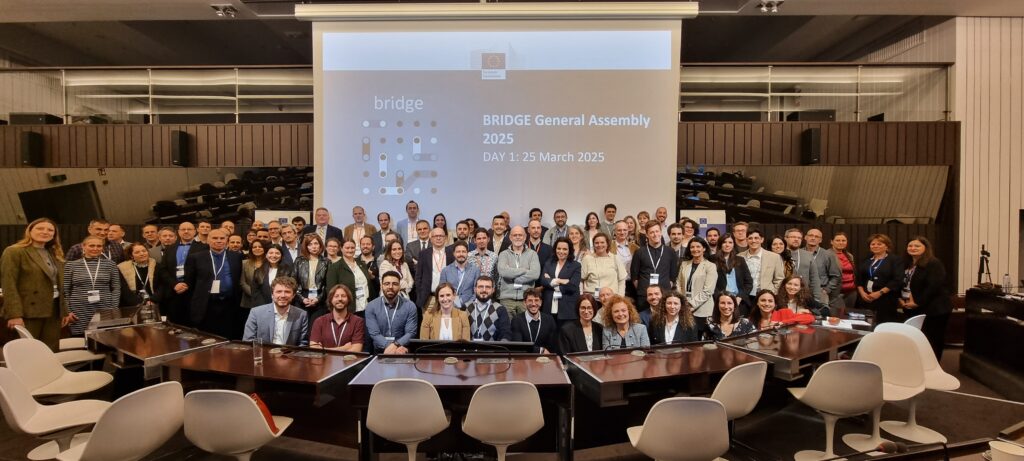The Term "Demand Response"
To ensure the stable operation of an electric power system, generation and consumption must always remain balanced. Historically, power generation adjusted to fluctuations in consumption, maintaining this equilibrium. This approach was feasible when thermal power plants dominated the energy mix, as their production could be precisely controlled based on fuel intake. As a result, electricity consumers remained passive, using energy as needed without considering system constraints.
However, as thermal power plants are phased out due to high greenhouse gas emissions, the system’s ability to maintain this balance has weakened. This shift necessitates new sources of flexibility – actors capable of adjusting their energy consumption or production in real-time. While much attention has been given to battery storage and hydrogen technologies, a significant and underutilized source of flexibility exists on the demand side. The concept of demand response refers to the ability of consumers to increase or decrease their electricity usage in response to signals from the power system.
How Do We Achieve Demand Response?
The power system can signal its needs in two main ways: indirectly, through price-based incentives, or directly, through explicit agreements with consumers.
- Implicit demand response relies on dynamic electricity pricing. End users are encouraged to consume electricity during off-peak hours when prices are lower and reduce usage during peak hours when electricity is more expensive. This method is already implemented in several European countries.
- Explicit demand response involves direct financial incentives for consumers who agree to adjust their consumption patterns in real time. This requires coordination with the grid operator or an aggregator who pools multiple consumers together to provide a reliable flexibility service.
Currently, explicit demand response is mainly provided by industrial consumers due to their high energy consumption, well-established SCADA systems, and predictable demand schedules. However, there is growing potential for residential and commercial consumers to contribute. With the increasing electrification of heating, cooling, and household appliances, combined with the proliferation of smart devices that allow remote control, households and offices can become active participants in energy flexibility services.

Barriers to Demand Response Implementation
While the demand response concept holds great promise, its full rollout faces several challenges. These can be grouped into three main categories: technical, financial, and psychological barriers.
Technical Challenges
Most households and offices already have energy-consuming devices, but many lack smart control features necessary for demand response participation. Although the rise of smart appliances is helping to bridge this gap, a significant portion of existing equipment remains outdated. Additionally, widespread electrification is still in progress, meaning many buildings rely on non-electric heating systems, limiting their ability to provide flexibility services.
Financial Challenges
Even if consumers are open to participating in demand response programs, the financial incentives may not be sufficiently attractive. Investing in new smart appliances can be a financial burden, especially if existing devices are still functional but lack the necessary technology for integration into demand response schemes. Moreover, the benefits of participation are often unclear to end users, further reducing motivation.
Psychological Challenges
Consumer behavior is another major hurdle. Many people are reluctant to change their energy usage habits, even if financial benefits are offered. Additionally, there is often a lack of awareness regarding how demand response works and why it is important. Overcoming these psychological barriers requires targeted education and user-friendly technological solutions that make participation effortless.
The aggregation of end-users in the residential and commercial sectors holds great potential, but this theoretical potential for demand response services remains largely untapped in practice.
The Future of Demand Response
Despite these challenges, demand response represents a crucial step toward a more sustainable and efficient energy system. With the continued advancement of smart technologies, digitalization, and policy support, its adoption is expected to increase in the coming years. Governments and energy providers must work together to create more accessible demand response programs that offer clear financial incentives and simple, automated participation mechanisms.
By unlocking the potential of demand-side flexibility, we can reduce dependence on traditional fossil fuel-based power generation, stabilize the grid, and pave the way for a cleaner, smarter energy future.
Challenges and Opportunities in Realising Interoperability
Despite the clear benefits, several challenges remain in achieving full interoperability between buildings and grids. One major difficulty is standardisation. Across Europe and globally, energy systems are built with different technical specifications, often using proprietary software that hinders seamless data exchange. Moreover, security and privacy concerns arise when sensitive building data, such as occupancy patterns or energy use, must be shared with external entities like grid operators or third-party aggregators.
There is no way to tackle these challenges, but by demonstrating advanced data technologies, leveraging the use of secure data sharing and AI, which are the core components of six WeForming demonstrations across different European countries. All demos are engaged in solving challenges with an overarching perspective that considers practical constraints such as energy market regulations in each market region. This will also include looking at both DSOs and TSOs with their opportunities as the market operators.
Download full article in pdf here.






